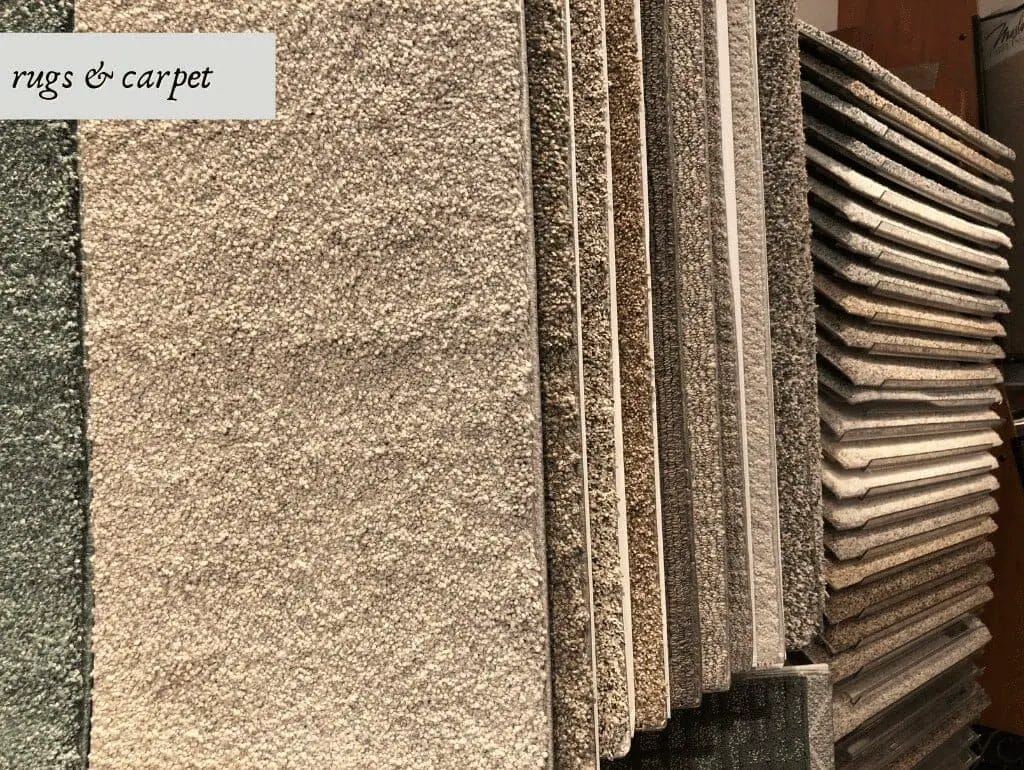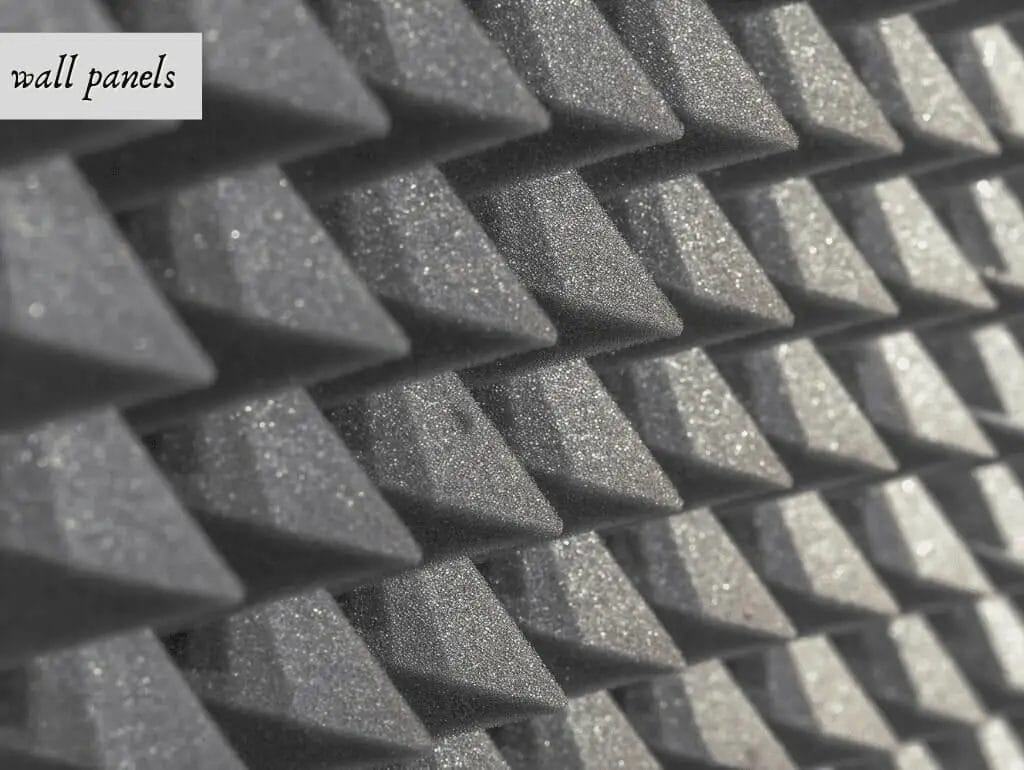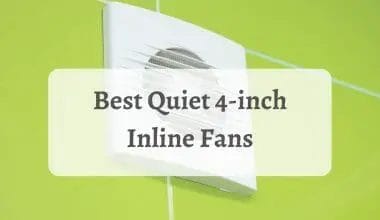A home should be a haven. But for those of us who are sensitive to noise, at times, it can be anything but that peaceful space we need. For each of us, noise means something different and as we all know too well, once you notice a sound, the louder it seems to become and ultimately impossible to ignore.

Soundproofing your home and quietening intake noise is not as complicated as you may think and fortunately, there are some simple steps we can take to regain our sanity.
Types of noise
Sound travels in waves and these waves interact differently depending on the type of material they come into contact with. These different types of surfaces can either enhance or reduce sound.
When it comes to noise and our homes, we are either looking to reduce noise levels within our homes or are wanting to block noise from outside our homes. And more often than not, it is a combination of both.
How to quieten intake noise in your home
One of the easiest ways to reduce noise levels in your home is to look at your current layout. Hard, flat surfaces and wide, open spaces create an ideal environment for noise to thrive. We need to look at ways to introduce materials that will either absorb or block noise.
Just think back to when you first entered your new home and sounds seemed to reverberate throughout every room until you finally hung curtains and arranged your furniture. Unknowingly, you had just implemented Level 1 soundproofing.
Noise absorbing furnishings
Remember when it comes to reducing noise, your end goal is to reduce the number of hard flat surfaces around your home.
Carpets and rugs

If your home has linoleum, tiled or wooden floors, you are probably aware of every time someone takes a step or drops something. An easier way to reduce the ability of the soundwaves to bounce around is to introduce area rugs or carpeting.
Just like floors, walls are another large surface that can be easily fixed to increase the absorption of soundwaves. You can break up any wall surface by hanging a large canvas, rug or wall hanging made from thick material.
Curtains

Curtains are another quick and easy way to reduce and block noise. When selecting curtains to quieten noise intake, it is best to select heavy fabrics. Black-out curtains are a great option and there are now fabrics that are designed specifically to reduce noise levels while still allowing in natural light.
If buying new curtains is not for you, installing a rolldown blind which you draw down behind your curtains will also be effective.
Flooring solutions
If a bit of renovation doesn’t scare you, then the below solutions are the best way to go.
Floor insulation
Completely insulating your floors is the perfect solution to substantially reduce noise levels. These types of products called an underlayment can be installed directly on top of existing floors and you can then safely lay tiles or wooden floors as normal. These types of products are very successful when it comes to reducing noise.
A floor insulation roll with a 60 sq. ft coverage, can cost you anything between $120 and $160, depending on the brand and thickness.
Noise-reducing flooring options
When it comes to choosing floors, installing a floating floor is a very effective way to help limit those irritating noises. These types of flooring solutions include a gap between the subfloor and your actual floor which helps with noise reduction.
Wall solutions

Acoustic panels
Acoustic panels are a great solution. These panels are usually an inch thick and are wrapped in thick fabric. They are available in a range of colors and designs and are easily incorporated into your own personal décor style. Some providers are even able to duplicate your photographs onto the fabric, letting you create a wall of art.
These panels range in price from $15 to $40 for a pack of twelve 12-by-12-inch tiles.
Bookshelves
Installing bookshelves across your wall to break up the space is also an easy alternative. Books will provide ‘natural’ insulation and are the perfect solution for common walls, especially those shared with a neighbor.
Drywall
Once again, if you are up to a bit of renovation you may want to consider adding an extra layer of drywall which you can also insulate with injectable foam or loose cellulose. There are also insulation products that can be applied on top of your existing drywall.
Windows
Windows are a common culprit when it comes to letting in noise from outside. Fortunately, there are various solutions out there that can help block those annoying outside noises.
Caulking
Caulking is a better option than sealing your windows. Sealed windows, mean exactly that, you won’t be able to open them. Caulk is a type of material you can apply around your windows which will ensure all gaps are covered.
Triple pane windows.
Replacing your existing double-pane or glazed windows with triple-pane windows will definitely help block out noise. The downside of triple pane windows is that you will need a contractor to install them, and they can cost between ten and fifteen percent more than the standard double pane windows.
Doors

Doors, like windows, are another culprit for letting in those noises. Ensuring your door has a solid core will go a long way to achieving that much-needed peace and quiet. If you have a gap under the door, it doesn’t matter how solid it is, the noise will still come streaming through but fortunately door sealing is inexpensive and easy to install.
Appliances
There is nothing worse than trying to get to sleep to the incessant hum of an appliance or that consistent bump of a washing machine.
When it comes to your household appliances like refrigerators, dryers and washing machines, walls pick up and amplify sounds, so make sure to keep a large enough gap between your appliances and the walls.
Another handy tip is to make sure that all of your appliances are level which you can easily do by adjusting the relevant leg-levelers. Adding a rubber or cork pad under each foot of your appliance will also help keep them stabilized and as noise-free as possible.
Quietening the intake noise from your HVAC
We all love our HVAC systems and can’t live without them until they start making that noise. But before your rush out to replace it, there are a few things you can do and some of them won’t even cost you a penny.
Check your air filters
Those irritating noises can often be the result of dirty air filters, vents or ducts. Most air returns are covered with a vent or grill and as the air return sucks in air, they often get clogged with dust. This then reduces the airflow resulting in that awful noise.
Check your fins
Most noises are due to airflow challenges. Another challenge can be that the fins on the vent are not letting in enough airflow. Make sure that these are straight and that will reduce that very irritating ringing noise.
Check the vents are secure
Another source of that noise could be that the vents are not securely screwed to the wall. You may need to tighten these screws which will prevent air from being sucked through from around the edges. If that whistling sound continues, you will need to seal the gap with a weatherstrip.
Another tip is to check that all of your vents are open. When two or more vents are closed, this will put additional pressure onto the system which can cause increased noise levels,
Ductwork problems
For those of you who have great DIY skills, there are a couple of solutions you can look at when trying to quieten the intake noise. Installing duct liners can be an easy and cost-effective way to insulate any unwanted sounds. The duct liners will absorb the sounds that vibrate through the air vent walls.
Duct liners are available in 25-foot rolls and cost between $15 and $20 per roll.
Another option is to have flexible ducts installed. These ducts have bends which reduce the sound made by the airflow but on the downside, these types of ducts are less durable than standard ducts due to the small breaks which can easily occur in them.
Worst case scenario is that the ductwork issues are due to a poorly installed system, in these cases, it is probably best to call in a professional.
White noise
Have you ever noticed how when you are working in an office environment, you are unaware of the noise? You have white noise to thank – traditionally these systems were mainly used in office environments but have now become a lot more popular in homes, especially with new parents.
These systems use soft sounds like moving air to cover up other noises. White noise machines are now widely available and come in a range of designs. Dependent on the brand and complexity, you can pick up an entry-level machine for around $20.
We hope that with a few simple changes you are easily able to turn your home into the peaceful sanctuary it should be.

